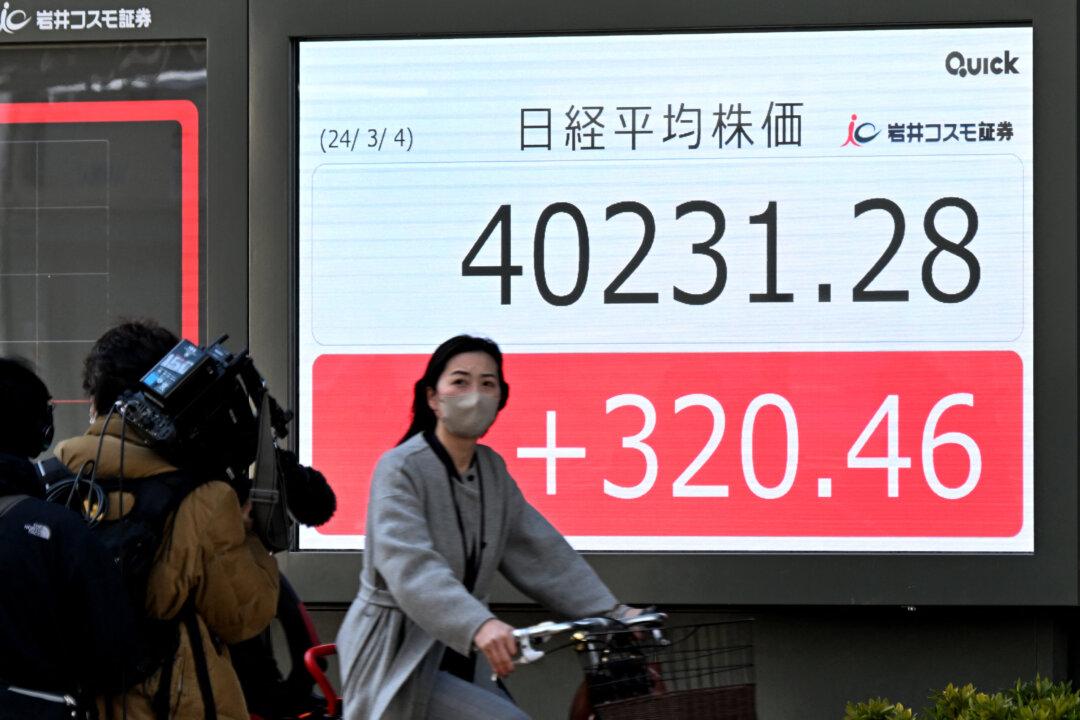In a remarkable turn of events, the Nikkei Index shattered previous records, consistently surpassing the 39,000-point mark last week and inching past the historical 40,000-point threshold. This surge follows the announcement of unprecedented net profits by listed companies for the fiscal year 2023, which are projected to surpass ¥47 trillion (about $313.2 billion).
Such financial achievements underscore the robust health of the Japanese stock market, distancing it from the speculative-bubble era and reinforcing the belief that the Japanese economy is on the cusp of a recovery and poised for a new growth phase. This optimism is cautious, however, as the effectiveness of Japan’s escape from its prolonged deflationary period hinges on the outcome of upcoming spring wage negotiations between corporations and their employees.





